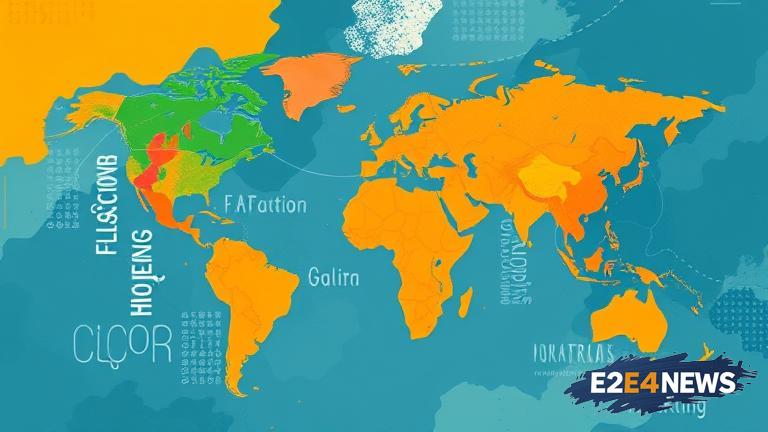In recent weeks, there has been a surge in joint international R&D calls, with multiple countries and organizations coming together to fund research and development projects. This trend is expected to continue, with the goal of driving innovation and addressing global challenges. The European Union, for instance, has launched several joint calls with countries such as the United States, Canada, and Australia, focusing on areas like clean energy, healthcare, and digital technologies. These partnerships aim to leverage the strengths of each participating country, sharing resources and expertise to achieve common goals. The benefits of such collaborations are numerous, including the potential for breakthrough discoveries, improved economic competitiveness, and enhanced global cooperation. By working together, countries can pool their resources, reduce duplication of efforts, and accelerate the development of new technologies. Furthermore, joint R&D calls can help to facilitate the exchange of ideas, expertise, and best practices, leading to a more efficient and effective innovation ecosystem. The involvement of multiple countries also increases the diversity of perspectives and approaches, which can lead to more innovative and impactful solutions. In addition, these partnerships can help to address global challenges, such as climate change, pandemics, and economic inequality, which require a coordinated and collaborative response. The joint R&D calls also provide opportunities for small and medium-sized enterprises (SMEs) and startups to participate, which can help to drive innovation and job creation. Moreover, the collaborations can facilitate the development of new industries and markets, leading to economic growth and prosperity. The success of these partnerships will depend on the ability of participating countries to work together effectively, sharing resources and expertise, and aligning their research and innovation agendas. The European Union’s Horizon 2020 program, for example, has been instrumental in facilitating joint R&D calls, providing a framework for international collaboration and cooperation. Other organizations, such as the National Science Foundation (NSF) in the United States, are also playing a key role in promoting international partnerships and joint R&D calls. As the global innovation landscape continues to evolve, it is likely that joint international R&D calls will become an increasingly important mechanism for driving progress and addressing global challenges. In conclusion, the rise of joint international R&D calls is a positive development, with the potential to drive innovation, economic growth, and global cooperation. By working together, countries can achieve more than they could alone, leading to a brighter future for all.
